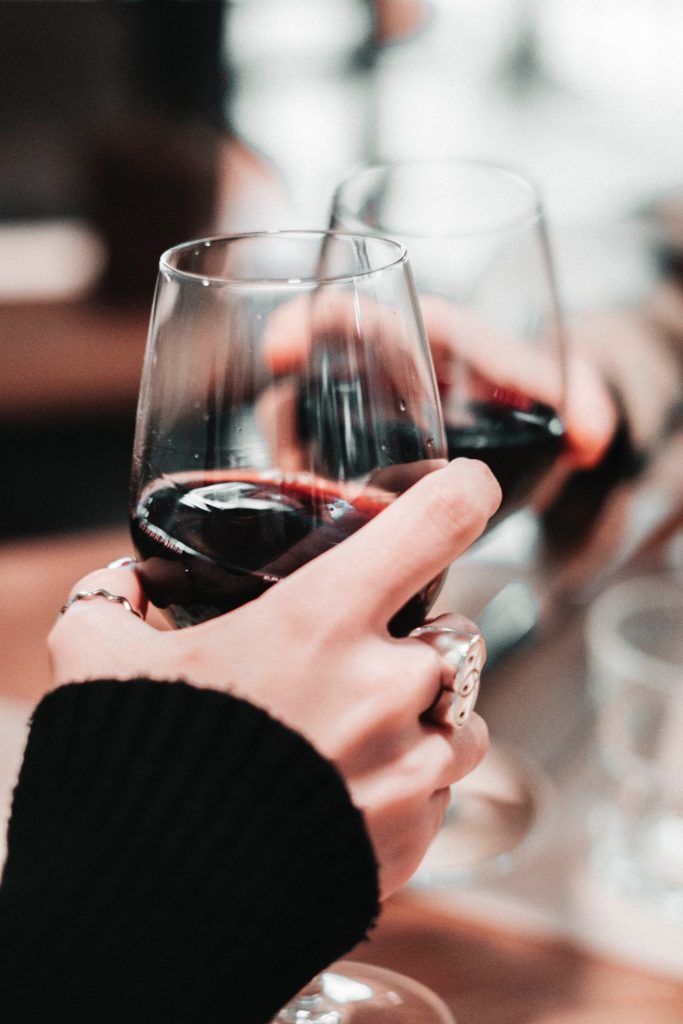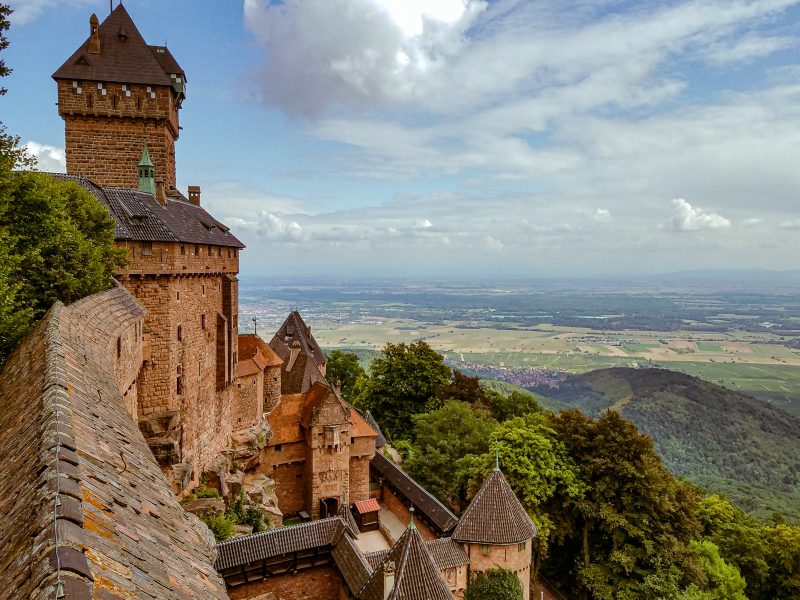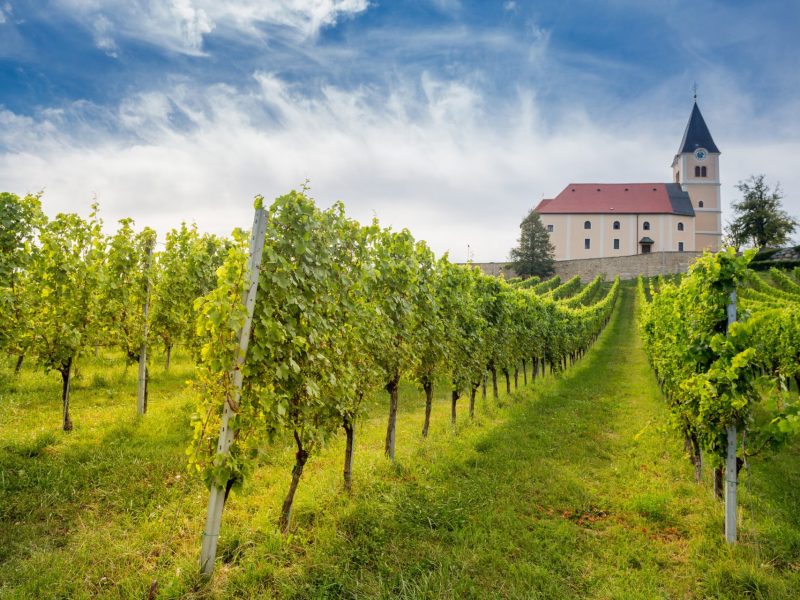Bordeaux is one of the most renowned wine regions in the world and known for producing some of the finest, most age-worthy wines. The region is divided into several wine appellations or “appellations d’origine contrôlée” (AOC), each with its own distinct terroir and style. Bordeaux’s wine-growing region has 65 AOCs, so it could take a lifetime to really understand the wine of the Bordeaux, but let’s cover some of the more important appellations to start.
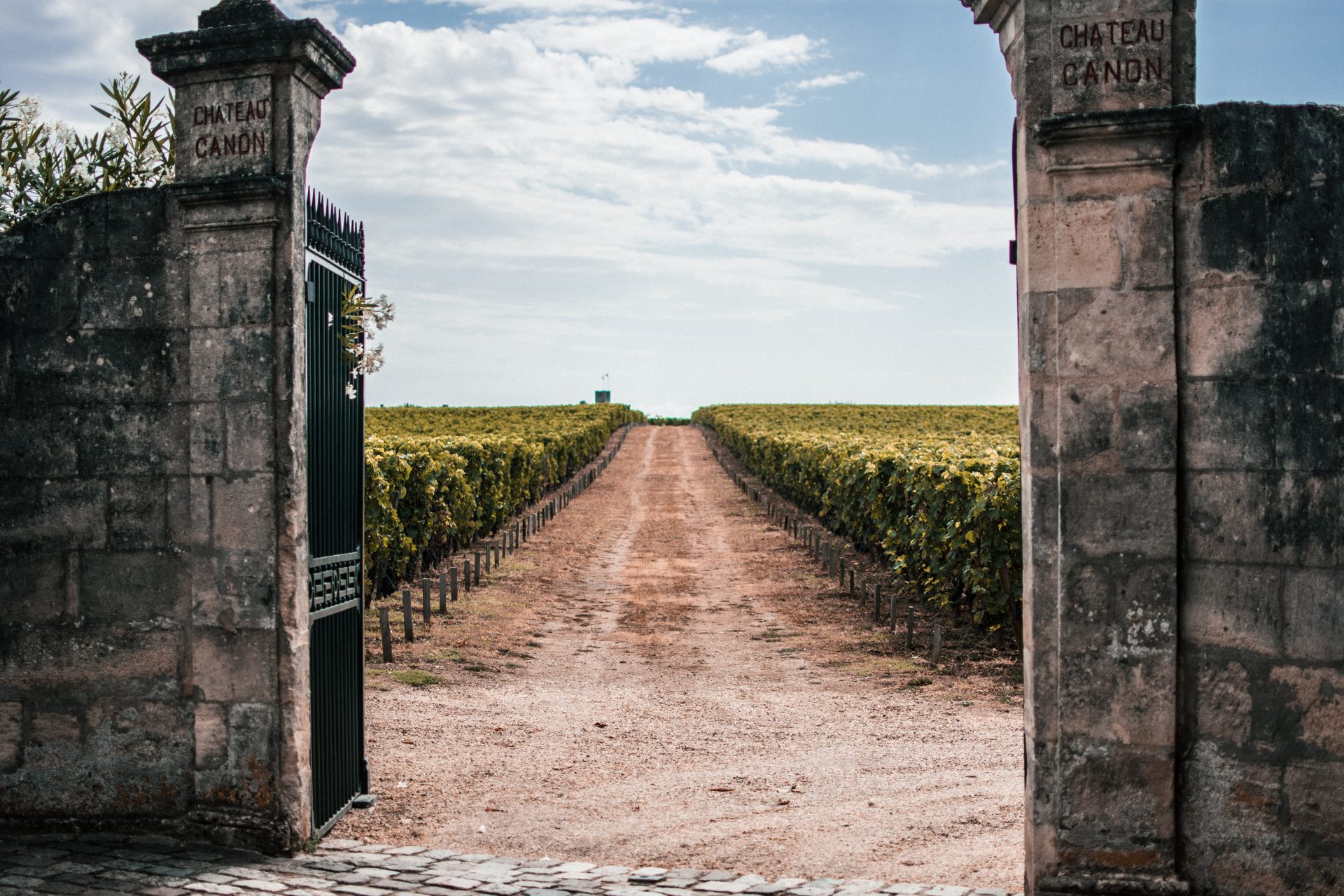
Get To Know Bordeaux
What’s the difference between “Left Bank” and “Right Bank”?
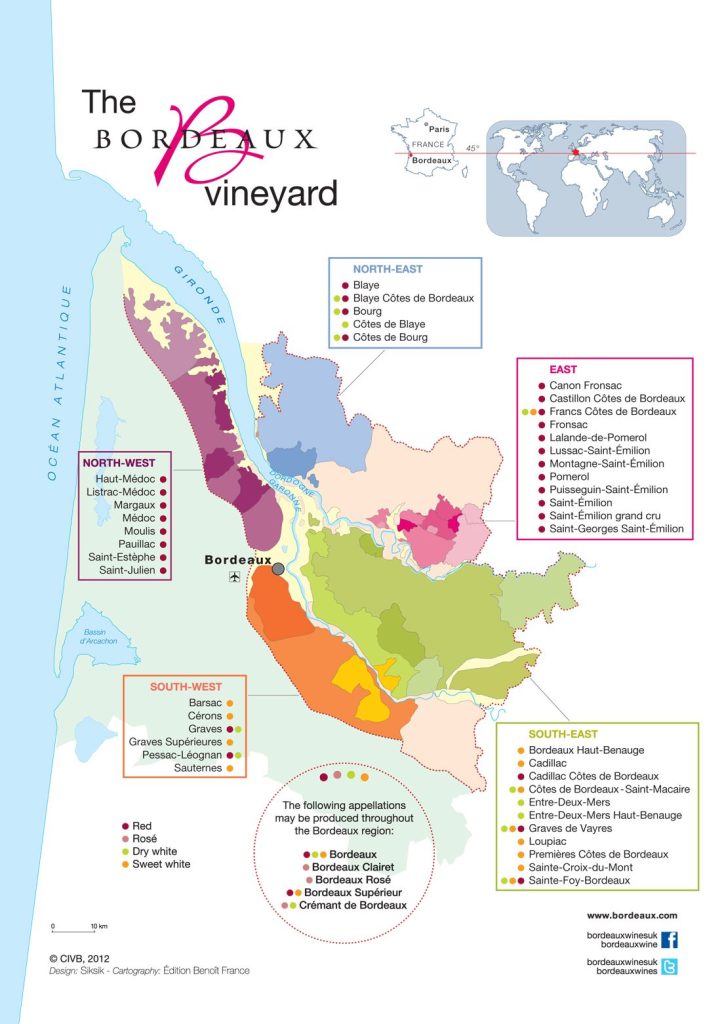
You may have heard the terms “Left Bank” and “Right Bank” when talking about Bordeaux wines. So, what does that mean?
In the southwest of France, the Dordogne River joins the Garonne River and forms the Gironde estuary that leads to the Atlantic Ocean. If you were standing in the city of Bordeaux and facing north, on the left side (west) of the Gironde is the Left Bank, and this region is known for red wine blends of Cabernet Sauvignon and Merlot, usually with a higher percentage of Cabernet. On the right side (east) of the Gironde, and along the banks of the Dordogne River, you’ll find the Right Bank with red wine blends known for their higher percentage of Merlot with Cabernet Sauvignon and Cabernet Franc.
Where the Garonne and Dordogne spit, south of the city of Bordeaux, the land between the rivers is called Entre-Deux-Mers, “between two seas”, and is known for white wines made with Sauvignon Blanc and Semillon.

LEFT BANK
Médoc:
Things can get a little confusing when discussing the Bordeaux wine region because Médoc includes all of the Left Bank from Bordeaux city, north, and includes Haut Médoc and the sub-regions, or communes, within the Haut Médoc. But Médoc also refers to the most northern AOC on the Left Bank. Up until around the 1940s, this AOC was known as ‘Bas-Médoc’ but is now known simply as Médoc. Is that clear as mud? This diagram might help:
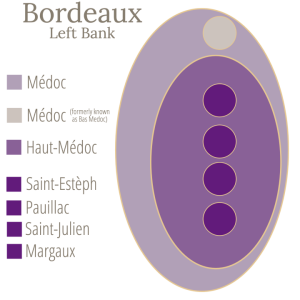
Haut-Médoc AOC:
Haut-Médoc is a wine region located within the Médoc AOC, just north of the city of Bordeaux. The region is known for producing high-quality red wines that are a blend of Cabernet Sauvignon and Merlot grapes. The region’s soil is characterized by gravel, sand, and clay, which allows for excellent drainage and provides the ideal growing conditions for Cabernet Sauvignon.
Examples of producers in Haut-Médoc AOC: Château La Lagune, Château Cantemerle, Château Sociando-Mallet, Château Belgrave, and Château La Tour Carnet.
Saint-Estèph AOC:
The most northerly of the premier appellations, Saint-Esteph produces refined and elegant wines. Its deep layers of clay mixed with marine limestone soils, along with influence from the Gironde estuary and the Atlantic Ocean, give us rich, fruity wines highlighted with spice aromas.
Notable producers in Saint-Esteph: Château Cos d’Estournel, Château Montrose, Château Calon-Ségur, Château Lafon-Rochet, and Château Cos Labory.
Pauillac AOC:
Pauillac is a small but mighty wine region, known for producing some of the most powerful and structured red wines in Bordeaux, thanks to its gravelly soil and ideal location close to the Gironde estuary. The region’s red wines are made primarily from Cabernet Sauvignon grapes and are known for their deep color, full body, and complex aromas.
Examples of producers in Pauillac AOC: Château Lafite Rothschild, Château Mouton Rothschild, Château Latour, Château Pichon-Longueville Baron, and Château Pontet-Canet.
Saint-Julien AOC:
Saint-Julien produces wines characterized by their balance, structure, and elegance, and are considered some of the most consistent and age-worthy wines in Bordeaux.
Examples of producers in Saint-Julien AOC: Château Léoville Las Cases, Château Léoville Barton, Château Ducru-Beaucaillou, Château Gruaud-Larose, and Château Talbot.
Margaux AOC:
Margaux is a wine region known for producing powerful and elegant wines with floral notes of violets and lilacs. The region’s wines are made primarily from Cabernet Sauvignon grapes and are characterized by their perfume-like aromas, silky tannins, and long, lingering finish.
Examples of producers in Margaux AOC: Château Margaux, Château Palmer, Château Rauzan-Ségla, Château Brane-Cantenac, and Château Durfort-Vivens.
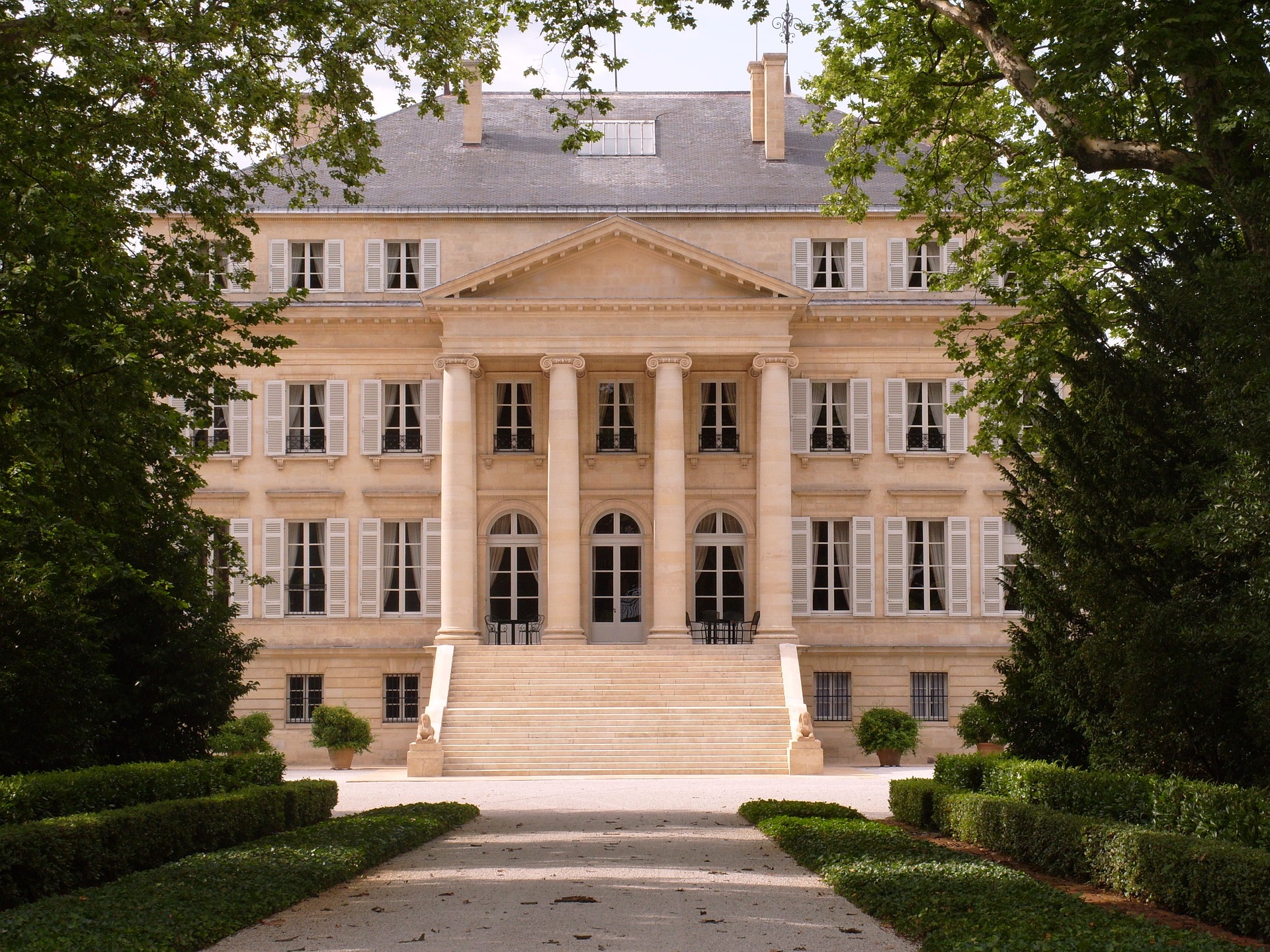
Pessac-Léognan AOC:
Pessac-Léognan is located in the Graves region, just south of the city of Bordeaux. The region is known for producing both red and white wines, and it is considered one of the most diverse and dynamic wine regions in Bordeaux. The red wines are made primarily from Cabernet Sauvignon and Merlot grapes, while the white wines are made from Sauvignon Blanc and Semillon grapes. The region’s wines are known for their elegance, freshness, and minerality.
Examples of producers in Pessac-Léognan AOC: Château Haut-Brion, Château Pape Clément, Château Smith Haut Lafitte, Château La Mission Haut-Brion, and Château Carbonnieux.
Sauternes AOC:
Sauternes is a small wine region located in the Graves region, known for producing some of the world’s most sought-after sweet wines. The region’s unique microclimate, which includes morning mists and warm afternoon sun, allows for the growth of a fungus called Botrytis cinerea, or “noble rot,” which concentrates the sugar in the grapes and gives the wines their distinct flavors and aromas. The region’s sweet wines are made primarily from Semillon, Sauvignon Blanc, and Muscadelle grapes.
Examples of producers in Sauternes AOC: Château d’Yquem, Château Suduiraut, Château Rieussec, Château Coutet, and Château Climens.
RIGHT BANK
Saint-Émilion AOC:
Saint-Émilion is located on the Right Bank of the Gironde estuary and is known for producing rich, powerful, and complex red wines. The region’s soil is made up of limestone and clay, which is ideal for growing Merlot grapes, the dominant grape variety in Saint-Émilion. The region is also home to some of the oldest and most famous chateaux in Bordeaux.
Examples of producers in Saint-Émilion AOC: Château Cheval Blanc, Château Ausone, Château Angélus, Château Figeac, and Château Pavie.
Pomerol AOC:
Pomerol is located on the Right Bank of the Gironde estuary, just east of Saint-Émilion. The region is well-respected and known for producing rich, full-bodied red wines that are made primarily from Merlot grapes. Pomerol’s soil is characterized by a mixture of clay and gravel, which allows for excellent water retention and provides the ideal growing conditions for Merlot.
Examples of producers in Pomerol AOC: Château Pétrus, Château Le Pin, Château Lafleur, Château Trotanoy, and Château Clinet.
Bordeaux’s wine appellations are steeped in history and tradition, and they produce some of the world’s most exceptional wines. Each appellation has its unique terroir and style, and the winemakers in each region strive to showcase the best of what their land can offer. From the gravelly soils of Médoc to the limestone and clay of Saint-Émilion, the diversity of Bordeaux’s wine appellations is what makes it such a special wine region.
The best way to get to know Bordeaux is to visit and experience the region and wines first-hand. The next best way is to simply open a bottle or two and enjoy the terroir and history of Bordeaux in a glass.
